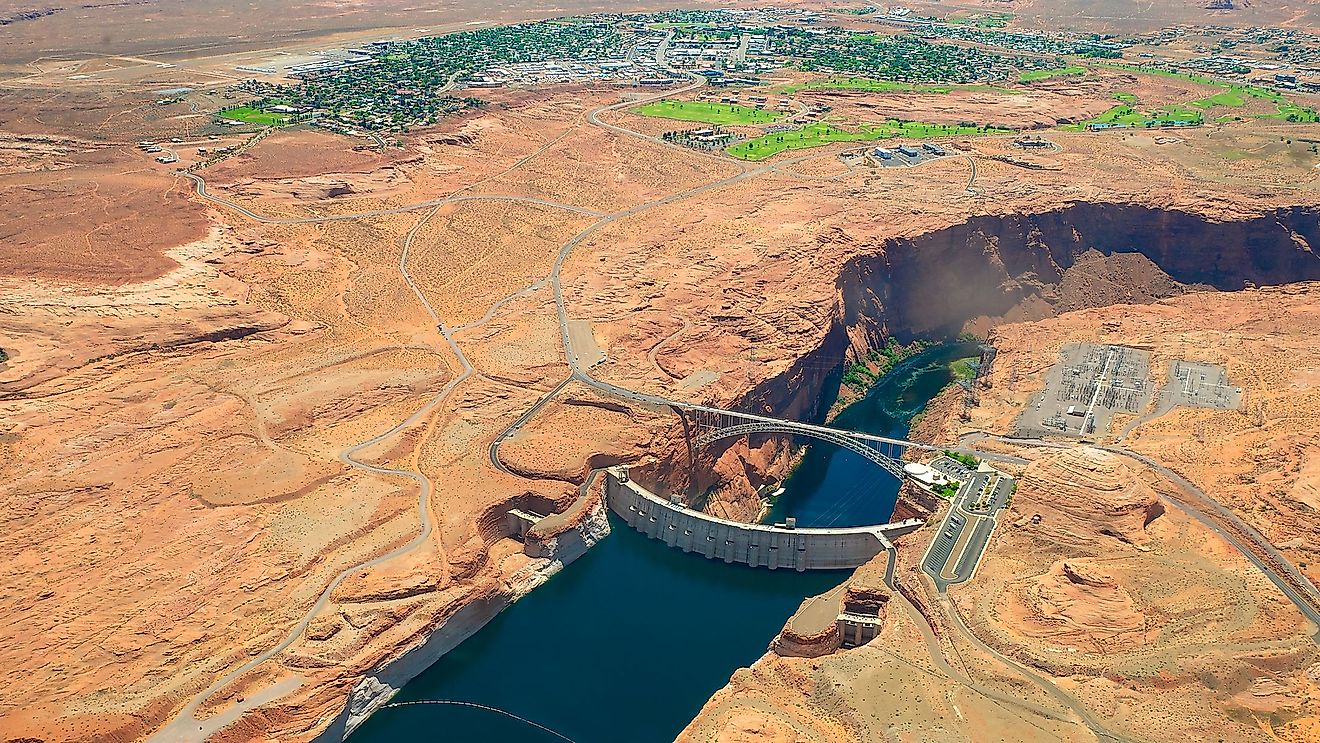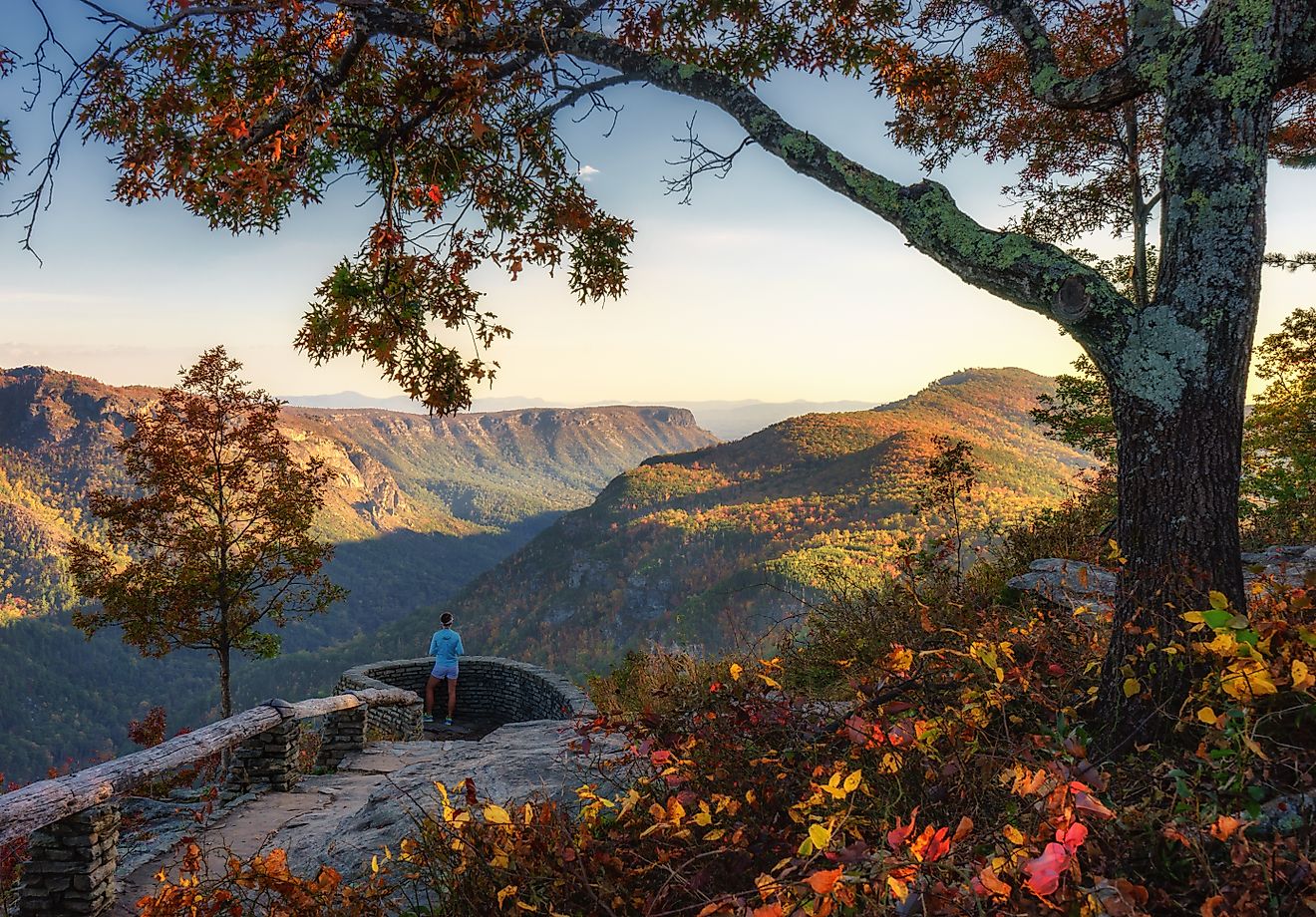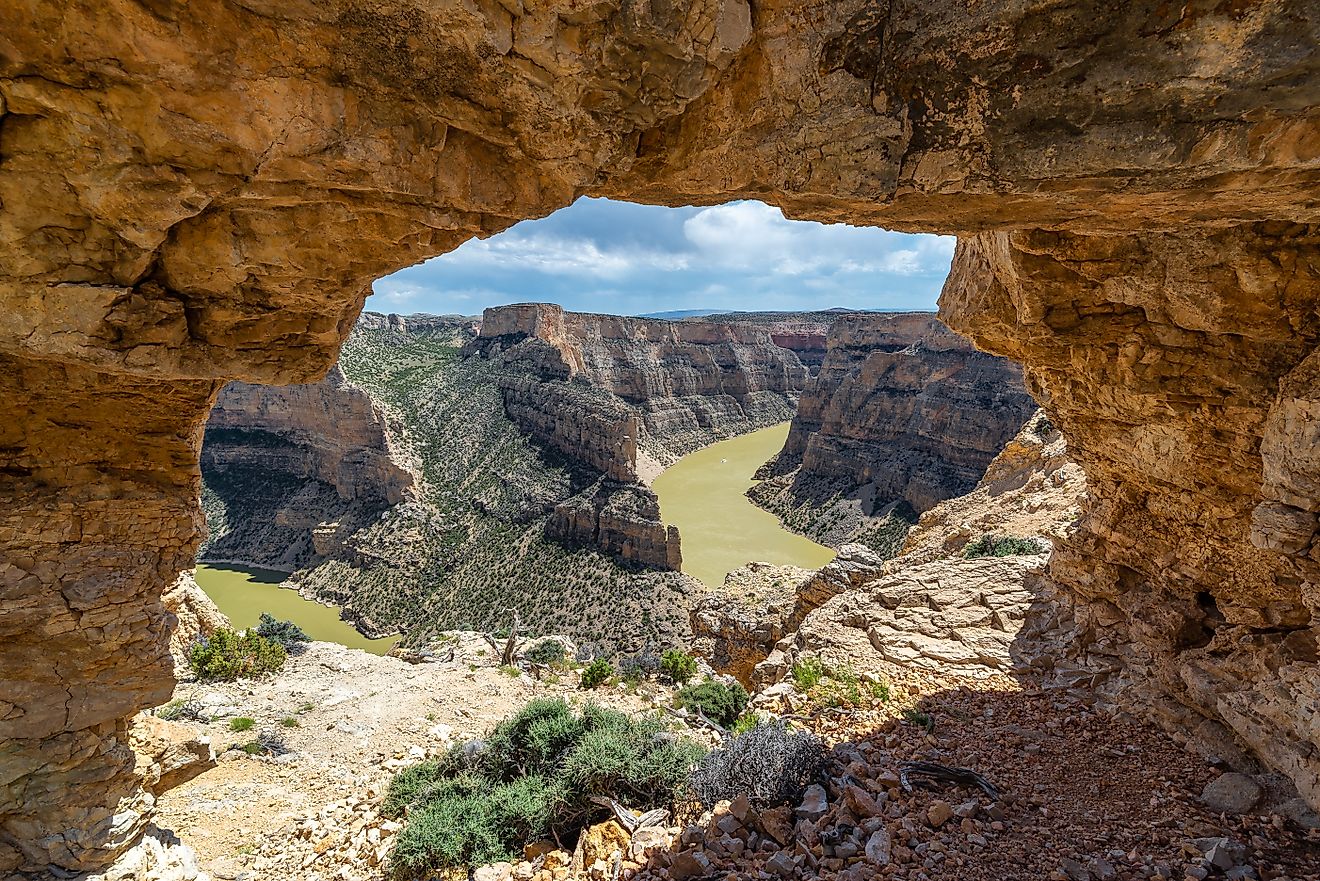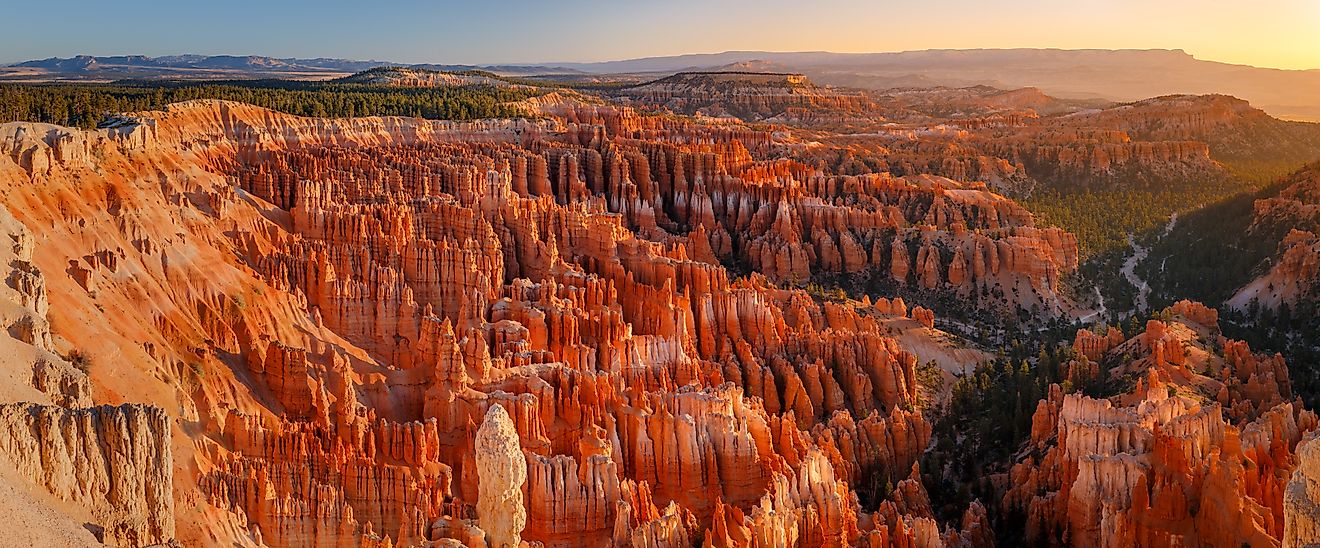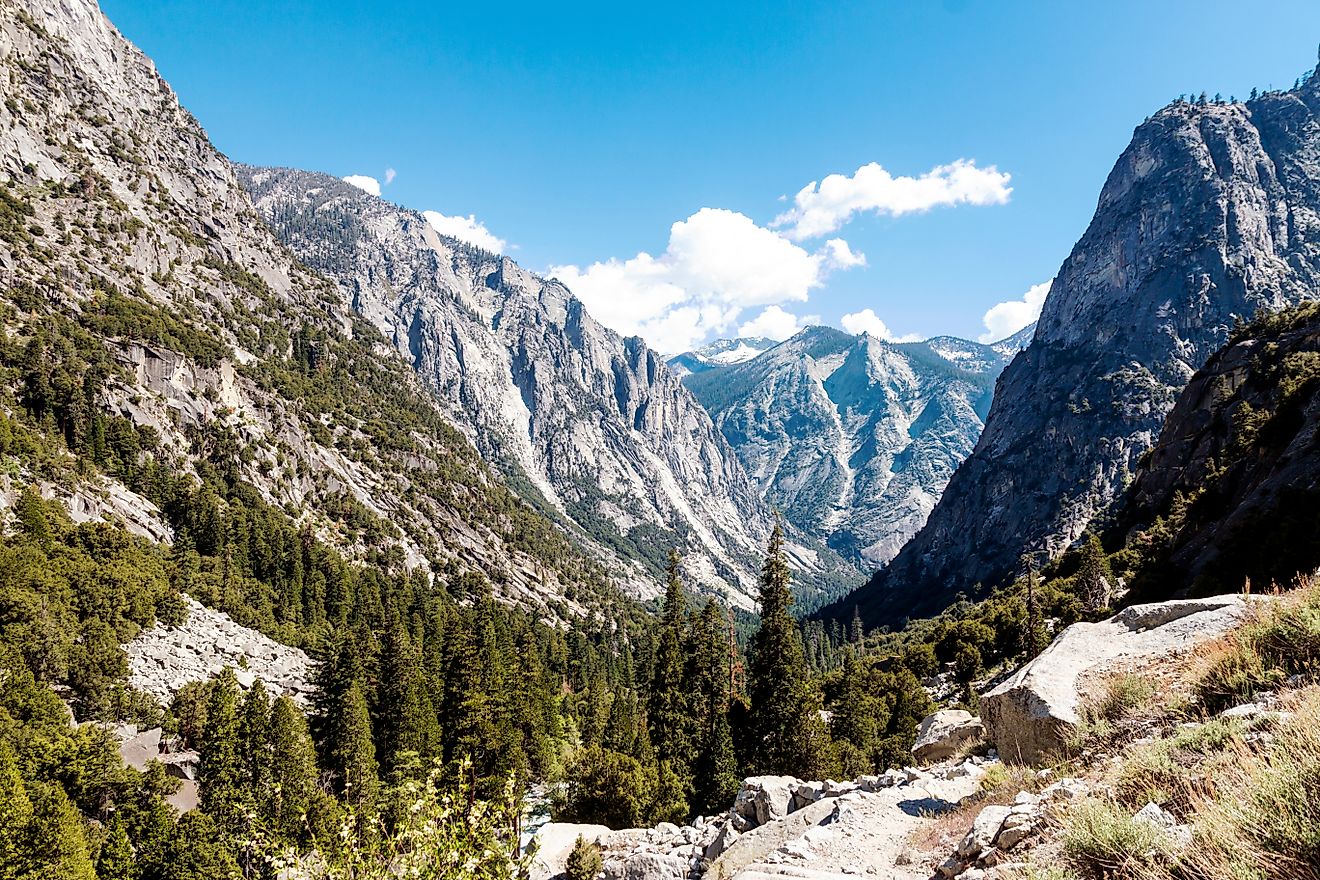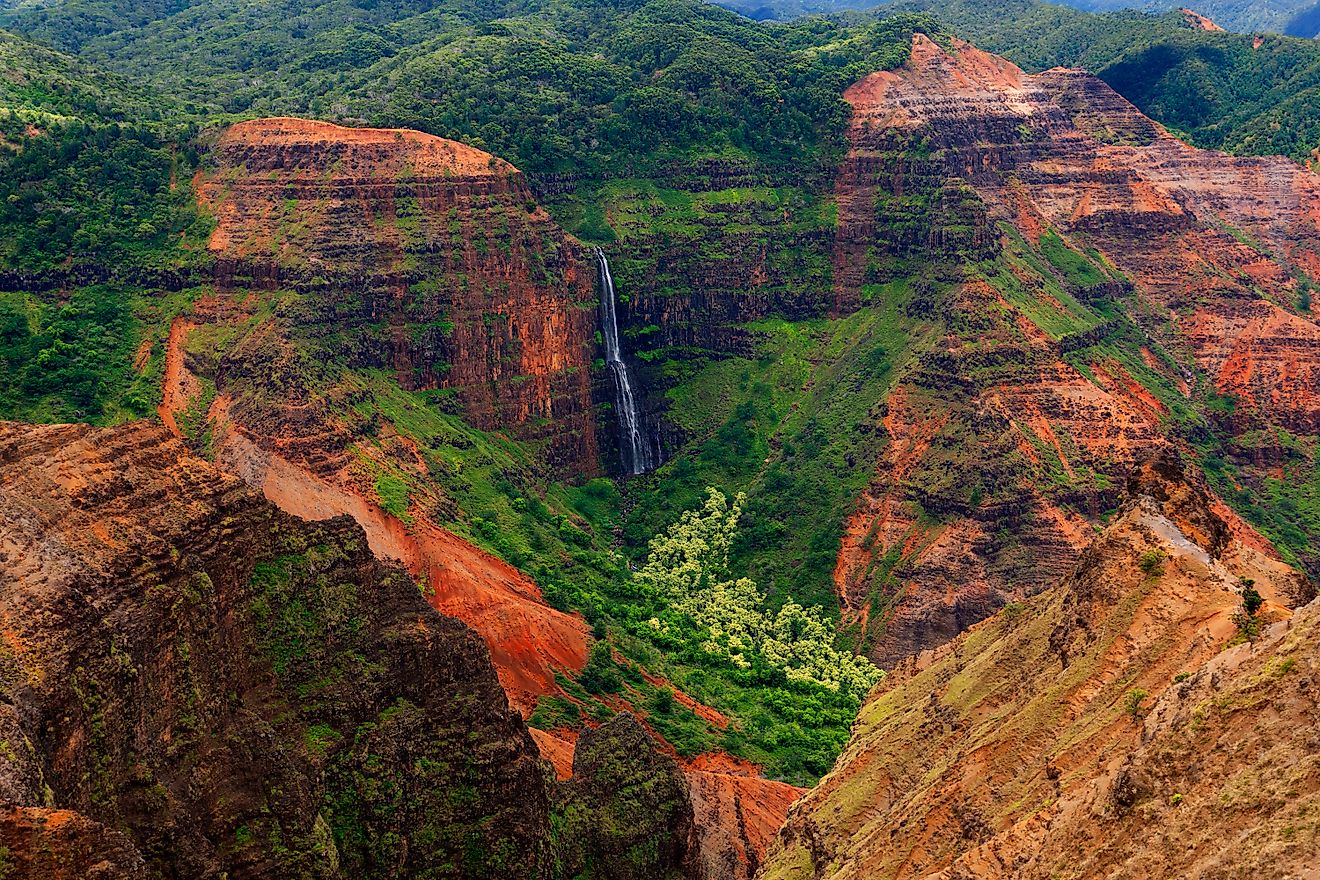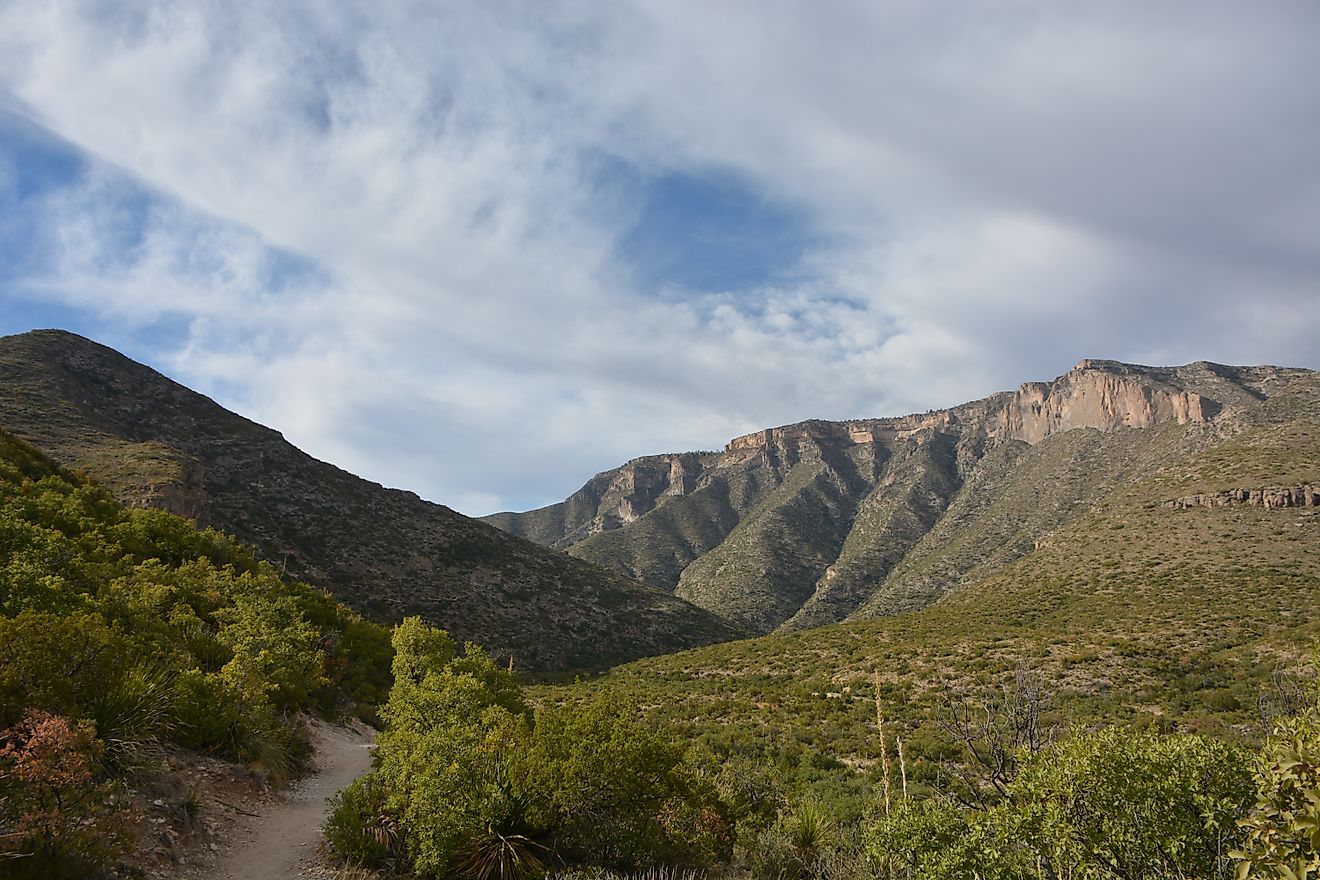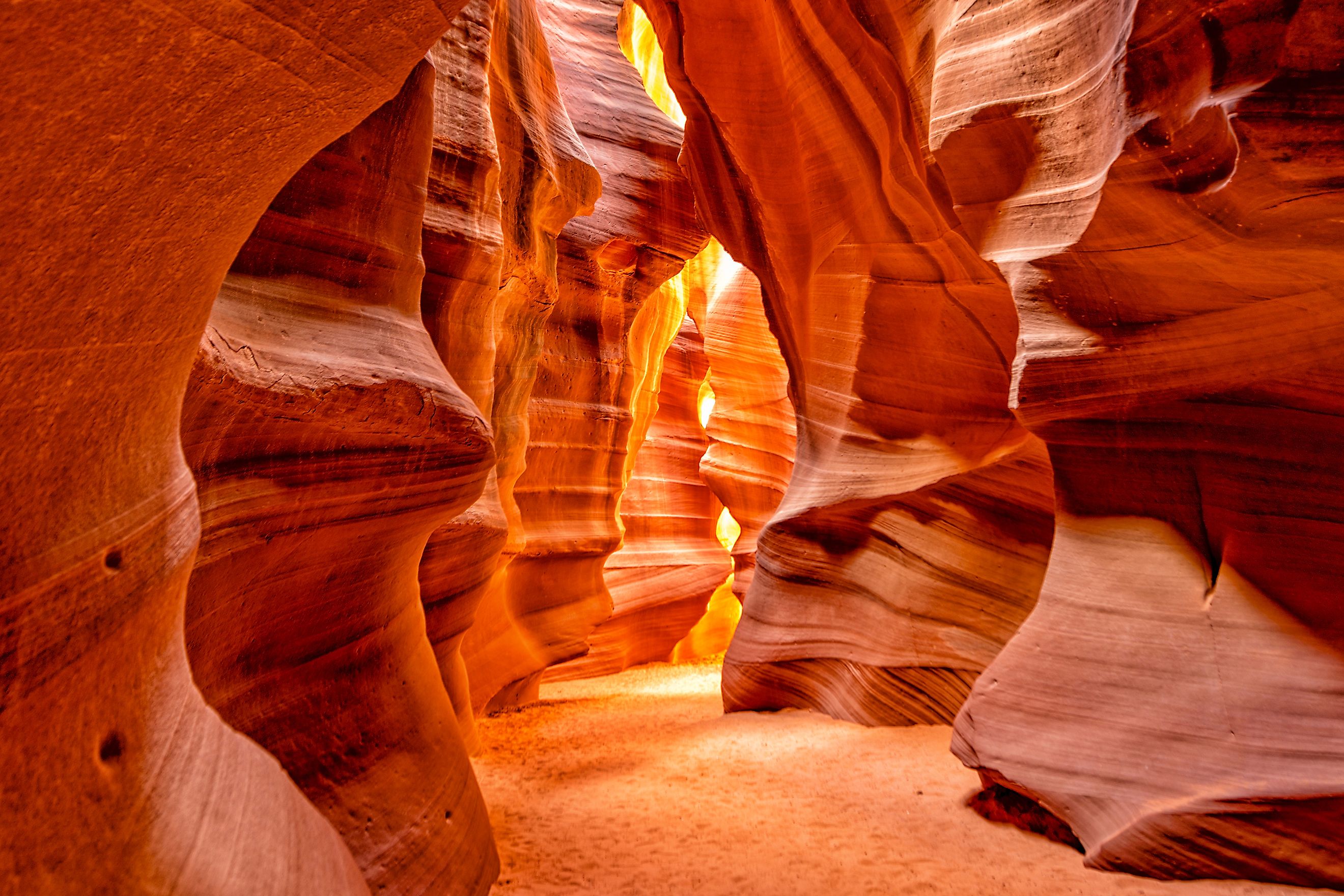
Antelope Canyon, Arizona
Beneath the scorched plateau just outside Page, Arizona, lies a hidden world sculpted by water, wind, and time. Antelope Canyon, located on Navajo land in the northern reaches of the state, is not your typical desert landmark. It’s a labyrinth of narrow sandstone corridors twisting, flowing, and glowing with beams of light that cut through cracks in the rock. This iconic slot canyon is one of the most visually striking and spiritually resonant places in the American Southwest.
Split into two main sections, Upper Antelope Canyon and Lower Antelope Canyon, this natural wonder draws thousands each year who come to witness its fluid, flame-colored walls and otherworldly light shows. Accessible only through Navajo-guided tours, Antelope Canyon offers a rare and unforgettable glimpse into the power of nature and the sacred stories it leaves behind.
Where Is Antelope Canyon?
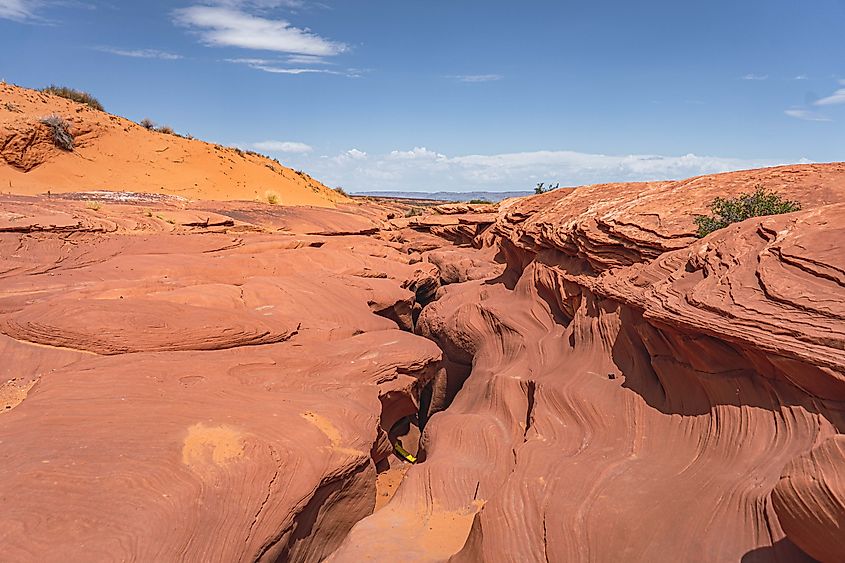
Antelope Canyon is tucked into the high desert of northern Arizona, just east of the city of Page, near the Arizona–Utah border. It lies within the LeChee Chapter of the Navajo Nation, a tribal district that spans part of Coconino County and forms a vital part of the cultural and geographic fabric of the region. The canyon is situated just a few miles off US Route 98 and not far from the shores of Lake Powell and Glen Canyon National Recreation Area, making it a key stop for travelers exploring the Colorado Plateau.
Though popularly referred to as a single destination, Antelope Canyon is actually a network of six distinct slot canyons carved into Navajo Sandstone. These include:
-
Upper Antelope Canyon (also known as The Crack)
-
Lower Antelope Canyon (The Corkscrew)
-
Rattlesnake Canyon
-
Owl Canyon
-
Mountain Sheep Canyon
-
Canyon X
All six lie within a larger drainage system called Antelope Wash, which flows into the Colorado River. The best-known segments, Upper and Lower Antelope, are just a few miles apart, each with its own entrance, tour operation, and unique geological features. Despite their close proximity, the two canyons offer very different experiences in terms of accessibility, light, and terrain.
Being located on Navajo Tribal Park land, Antelope Canyon is protected and preserved under tribal management. All visitors must enter with a Navajo guide, not only for safety reasons but also to respect the cultural significance and spiritual history of the site.
A Sacred Name and Place
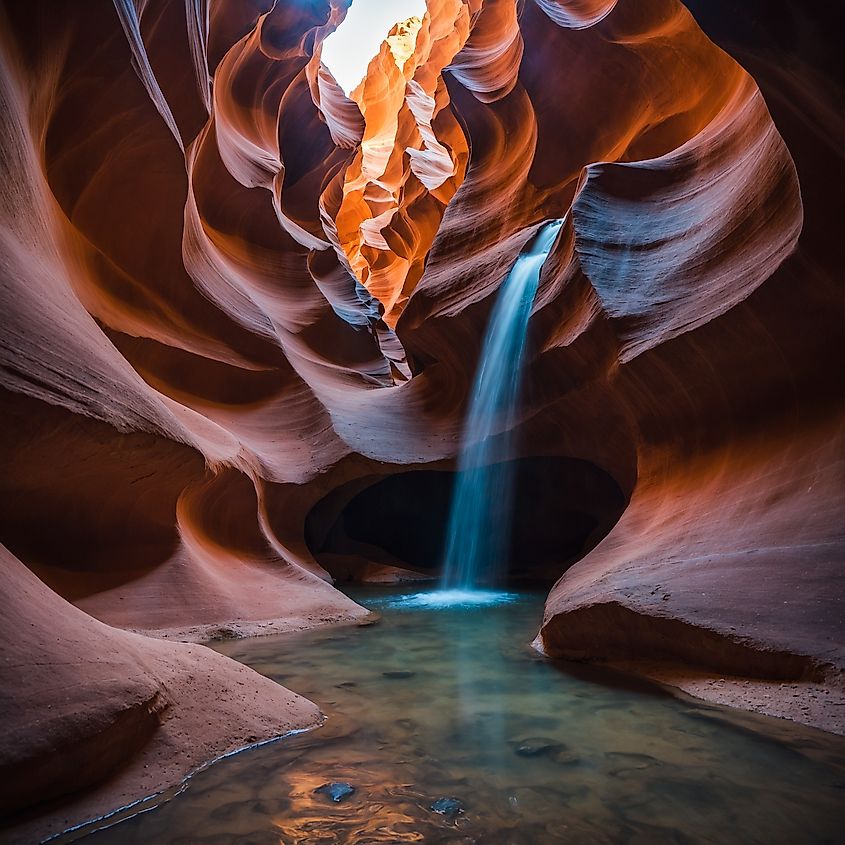
The Navajo names for the canyons hint at their spiritual and natural significance. Upper Antelope Canyon is called Tsé bighánílíní, meaning “the place where water runs through rocks.” Lower Antelope Canyon is known as Hazdistazí, or “spiral rock arches.” These names reflect not just the physical form of the canyons, but their connection to water and the elements—forces that have both created and threatened life in the region.
How Antelope Canyon Was Formed
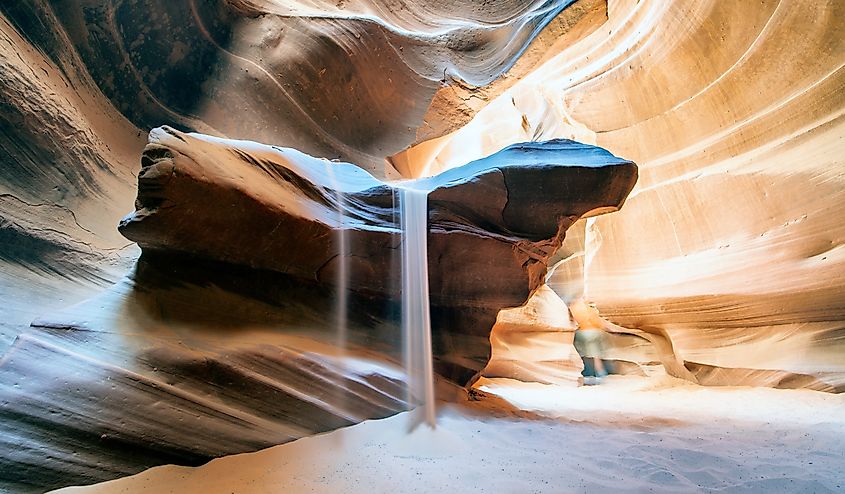
Antelope Canyon is a product of millions of years of erosion, carved into Navajo Sandstone by the persistent force of flash flooding. Rainwater flows into a large basin above the canyon and picks up speed as it drops into the narrow passageways below. The sand carried by the water scours the walls, smoothing them into the graceful curves that give the canyon its signature “flowing” appearance.
This ongoing process continues to shape the canyons, particularly during the monsoon season from July to September, when heavy rainstorms can result in dangerous floods inside the slots.
Flash Flood Danger: Nature’s Unpredictable Power
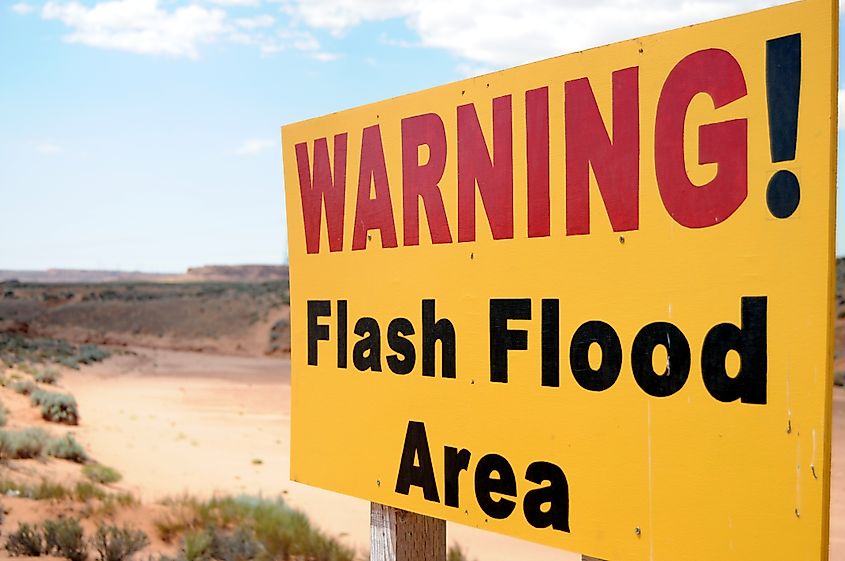
While Antelope Canyon’s beauty is captivating, it comes with very real risks. Flash floods can fill the canyons with water in minutes, often with no warning from the skies above. One of the most tragic incidents occurred on August 12, 1997, when 11 tourists were killed in Lower Antelope Canyon after a flash flood surged through the passage. The water had traveled from a storm several miles away.
Since then, safety measures have significantly improved. Fixed ladders, cargo nets, weather radios, and alert systems are now in place, and tours are suspended during storm threats. However, visitors are reminded that nature still holds the upper hand in this dramatic landscape.
Upper Antelope Canyon: The Light Show
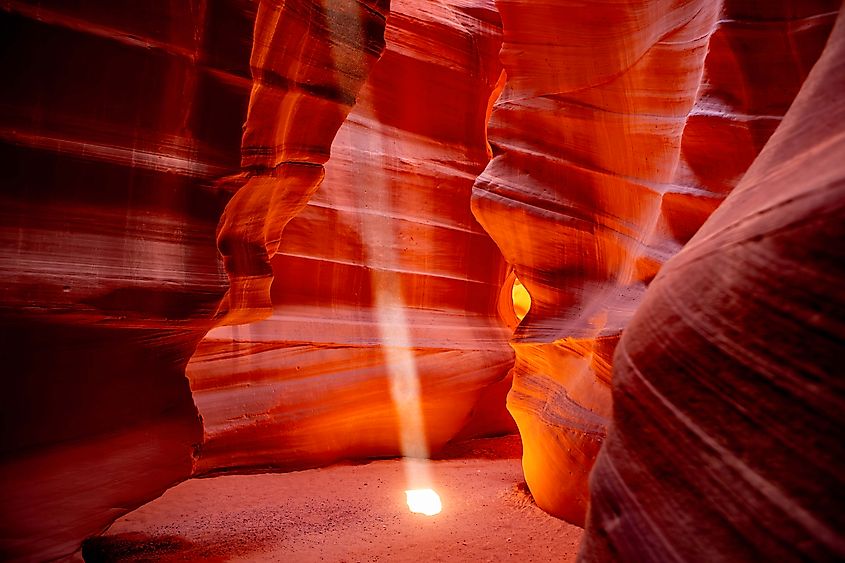
Upper Antelope Canyon is the most visited section, and for good reason. Its wide pathways and level ground make it accessible for people of all ages, and it offers the iconic experience many travelers seek: light beams streaming down from narrow openings above, illuminating the canyon’s rich orange and red walls.
These shafts of light appear most reliably in the midday hours of late spring through early fall, particularly between March 20 and October 20. They are the result of sunlight hitting the canyon floor directly, an occurrence that only happens when the sun is at a high angle in the sky.
This natural light show has become the subject of countless photographs and continues to draw crowds from around the world.
Lower Antelope Canyon: A More Intimate Journey
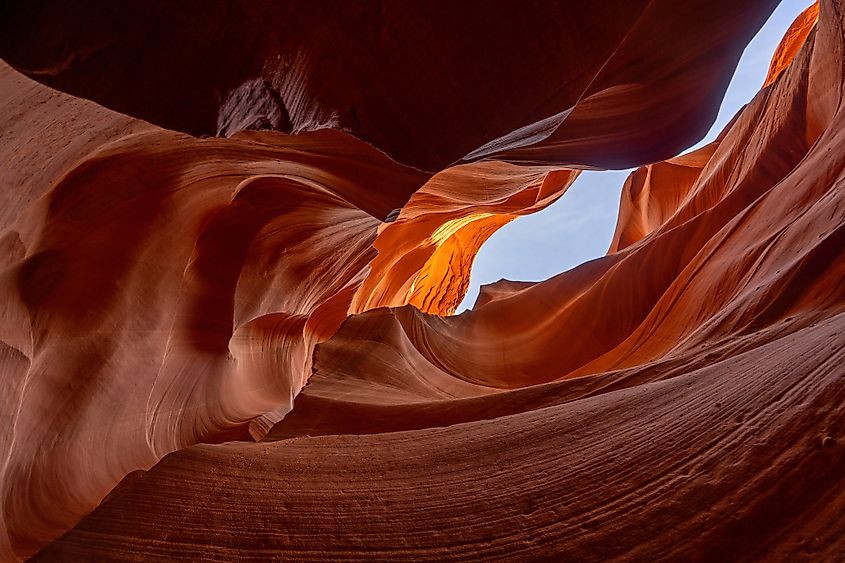
Lower Antelope Canyon is narrower, deeper, and more physically demanding than its upper counterpart. Visitors must descend multiple staircases, some steep and slippery with sand, and navigate tighter corridors. The canyon is shaped like a “V”, with a wide top and narrow base, which means light is more limited and best viewed in the early morning and late morning hours.
While more challenging to access, Lower Antelope Canyon offers a quieter, less crowded experience. Photographers are especially drawn to the intricate sandstone textures and abstract formations here, though tripods are no longer permitted on standard tours. Specialized photography tours are available, though they’re limited and often book out months in advance.
Other Slot Canyons in the Area
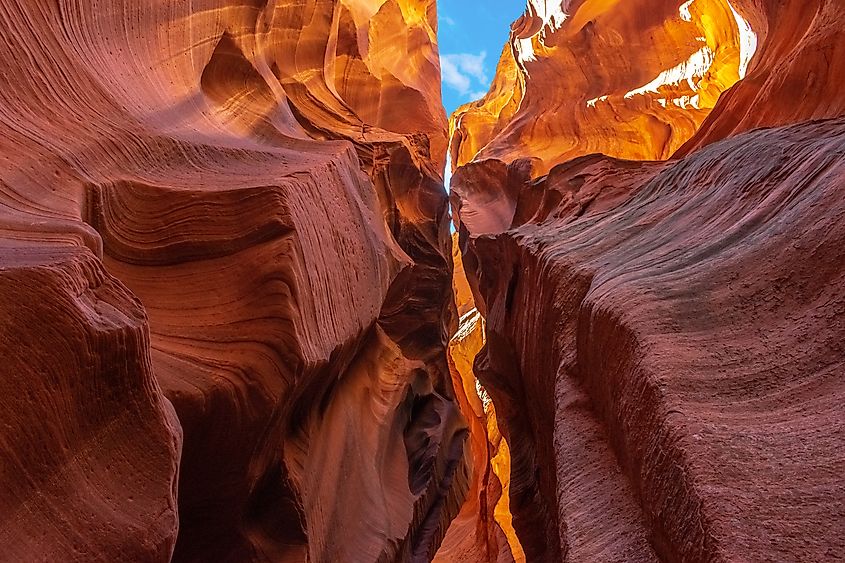
For those looking to explore beyond the more famous slots, Antelope Canyon’s surrounding drainage system holds a few hidden gems:
-
Rattlesnake Canyon – Known for its tighter, twisting turns and vibrant rock patterns.
-
Owl Canyon – A quieter option that occasionally allows views of owls nesting in the rock crevices.
-
Mountain Sheep Canyon – A more remote and rugged canyon, offering more solitude and a deeper connection to the landscape.
-
Canyon X – A lesser-known but stunning slot canyon that combines the features of both Upper and Lower Antelope.
These locations are also only accessible through Navajo-guided tours and offer a chance to see a different side of the terrain without the crowds.
Why a Tour is Required
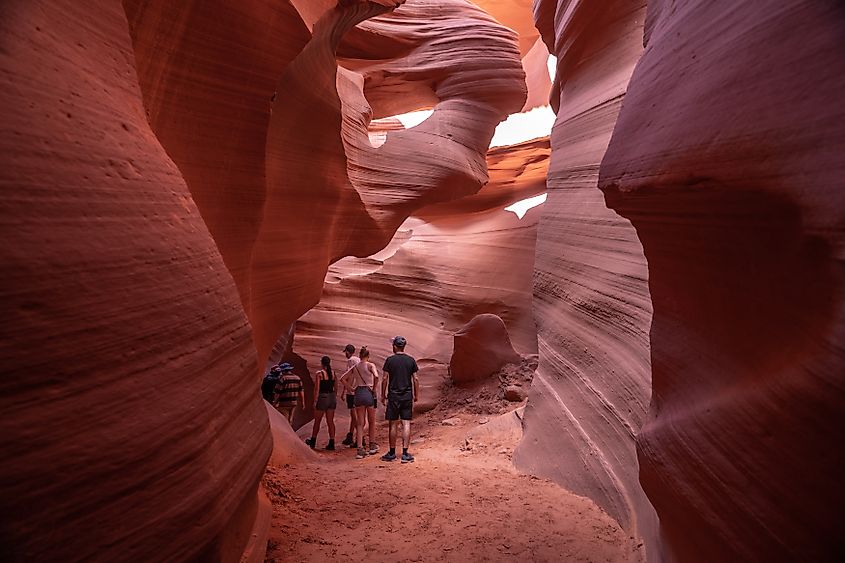
All visits to Antelope Canyon require a Navajo guide. This rule is not just about preserving the fragile landscape, it’s about safety and respect. Guides are trained to monitor weather conditions and help manage crowds, but they also share the cultural significance of the land and provide insights into the geology and heritage of the region.
Tours typically last 60 to 90 minutes and must be booked in advance, especially during the high season (March to October), when time slots often sell out weeks ahead.
When to Visit
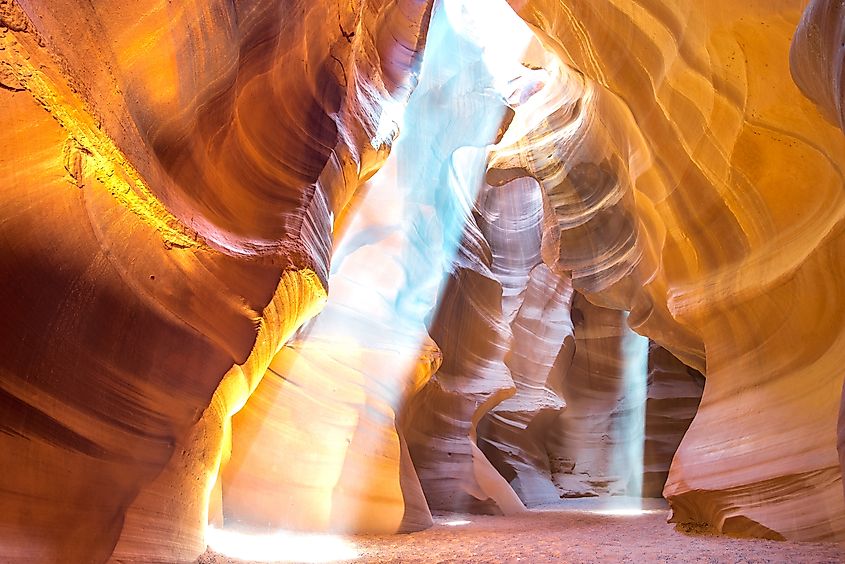
Timing is everything at Antelope Canyon. To catch the famous light beams in Upper Antelope, plan a tour between 11:00 a.m. and 1:30 p.m., from late March through early October. For photographers visiting Lower Antelope, early morning tours provide the best natural lighting for capturing color and detail.
Weather can vary, and summer brings the risk of monsoons, so always check forecasts and be prepared for cancellations or delays during stormy periods.
Tips for Visiting
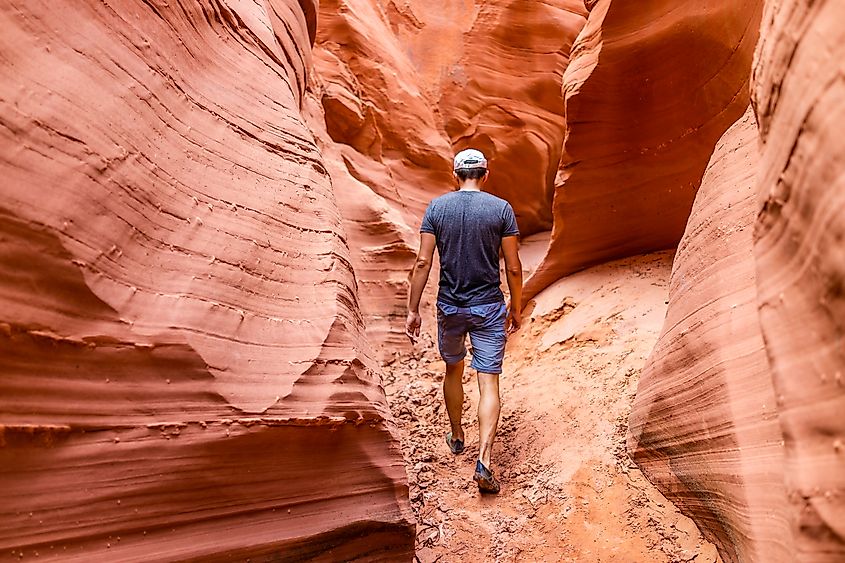
-
Book Early: Tours sell out fast, especially in peak season.
-
Wear Closed-Toed Shoes: Sand and stairs can be slippery.
-
Bring Water: The desert heat can be intense, even inside the canyon.
-
No Tripods: Unless you book a special photography tour, leave the tripod at home.
-
Listen to Your Guide: They know the land, the risks, and the stories that bring the canyon to life.
A Place of Wonder and Respect
Antelope Canyon is more than a sightseeing stop—it’s a sacred landscape shaped by time, tragedy, and renewal. To walk through its glowing corridors is to step into a natural cathedral where sunlight and stone perform a daily dance. It’s a place where beauty meets fragility, and where every turn reminds visitors of the power and unpredictability of nature.
Whether you're there for the photo, the hike, or the deeper connection to the land and its people, Antelope Canyon delivers an unforgettable experience that speaks in the silent language of light and rock.
